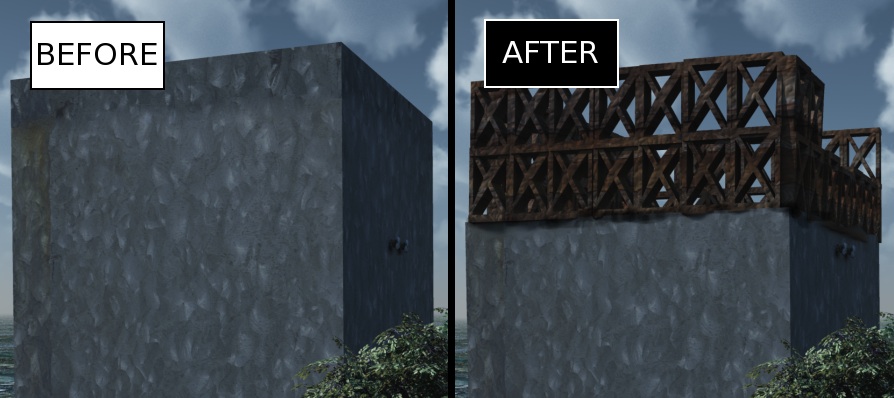Science News
Japanese Heroes

As reports from Nature, NPR and others surface today about lower radiation risks from the crippled Fukushima Daiichi nuclear plant in Japan, the long-term effects, especially for those who work at the plant, are unknown. But it’s these workers who are responsible for keeping this disaster under control.
According to National Geographic, as of last week there were about 330 workers at the plant, working in fifteen-minute shifts to keep from getting sick. NPR reports that:
So far, at least 15 of these workers have been injured by explosions. An additional 17 have suffered what the Japanese government called "deposition of radioactive material" to their faces. Two are missing.
How much radiation are they being exposed to? It’s hard to say. But an article in Nature News identifies that:
The [Japanese] government has increased the allowable dose for workers from 100 millisieverts per year to 250 millisieverts per year — five times the annual allowable dose for US radiation workers — to allow emergency operations to continue. This dose is considered by the US National Institutes of Health as the lower limit for the first symptoms of radiation sickness.
Millisieverts are the standard by which radiation is measured. For reference, National Geographic shares that:
…the average person receives about one to two millisieverts a year from natural sources in their environments, and one chest x-ray yields about 0.2 millisievert.
As the viral, must-see Nuclear Boy, states on YouTube, these workers are really “stepping up to the plate.” (The YouTube video explains the disaster very clearly through a stinky metaphor, in which the Fukushima workers are doctors taking turns caring for Nuclear Boy. Watch it, if you haven’t.)
Not only are they risking their lives, in the process, they are making excellent, life-saving decisions. From Nature News:
And already it is clear that decisions made in the initial 24 hours by the handful of operators in the control room probably averted a much greater nuclear catastrophe than the one that now faces Japan.
Fukushima Unit I Visualization by Nesnad/Wikimedia